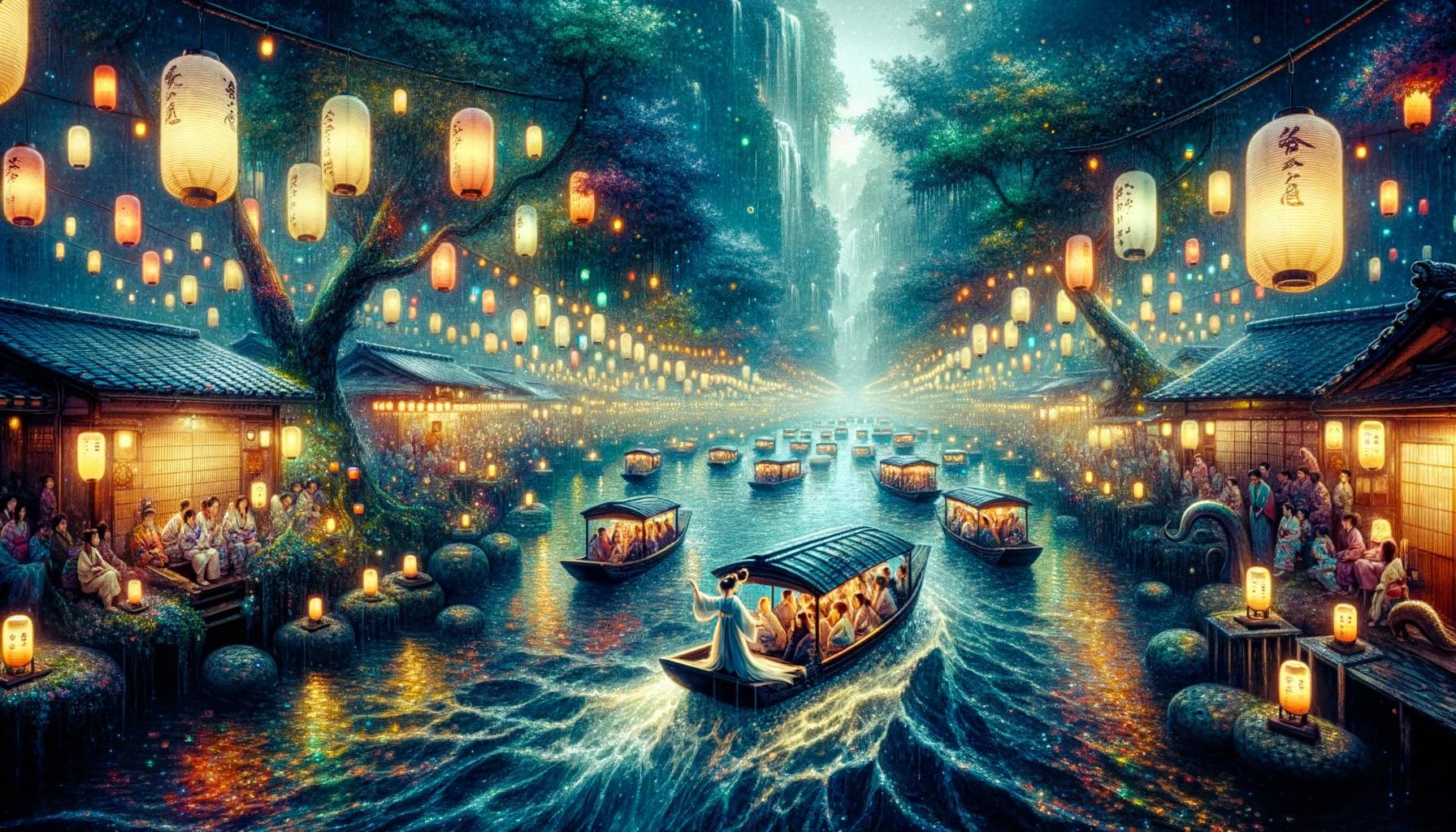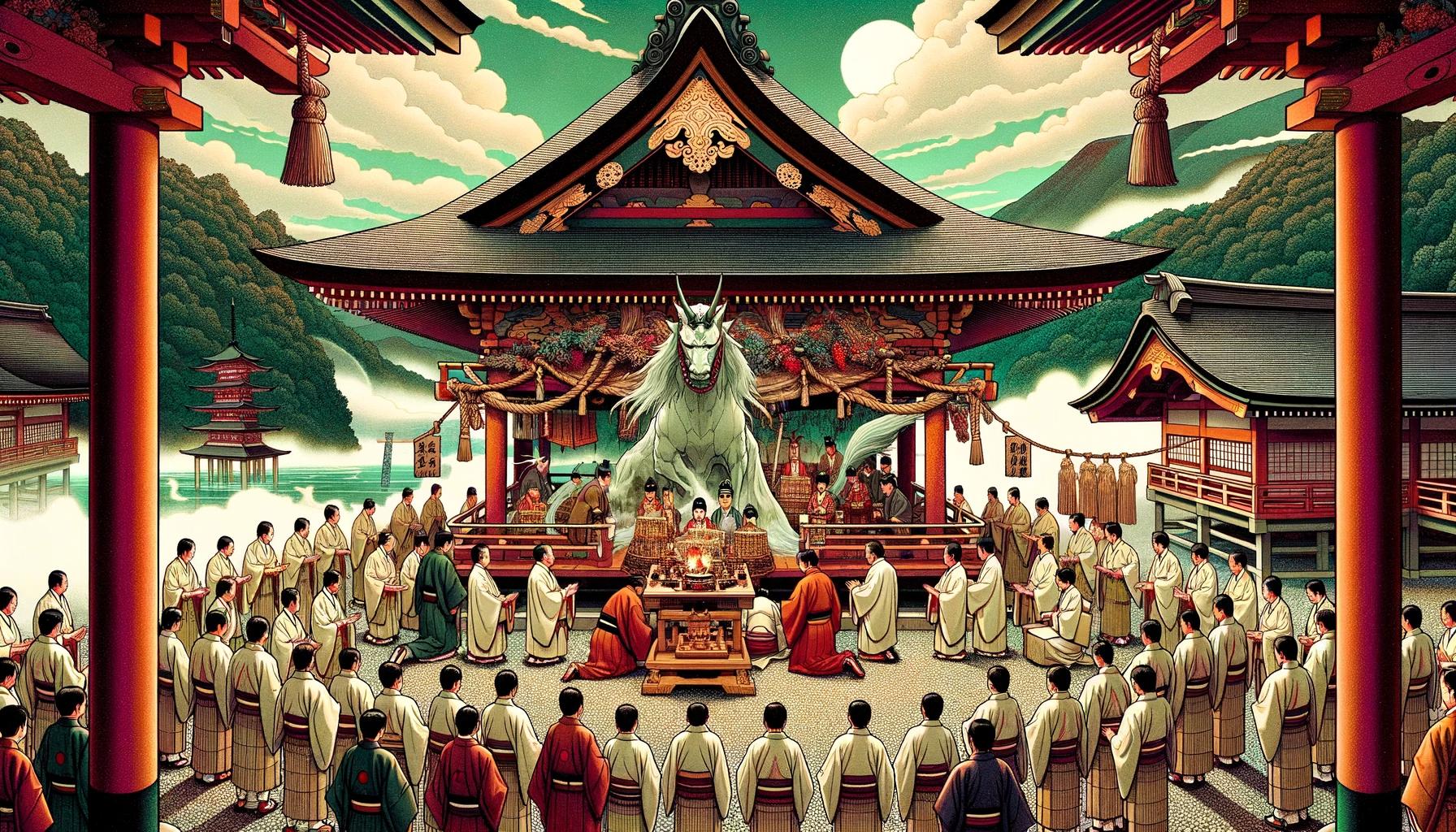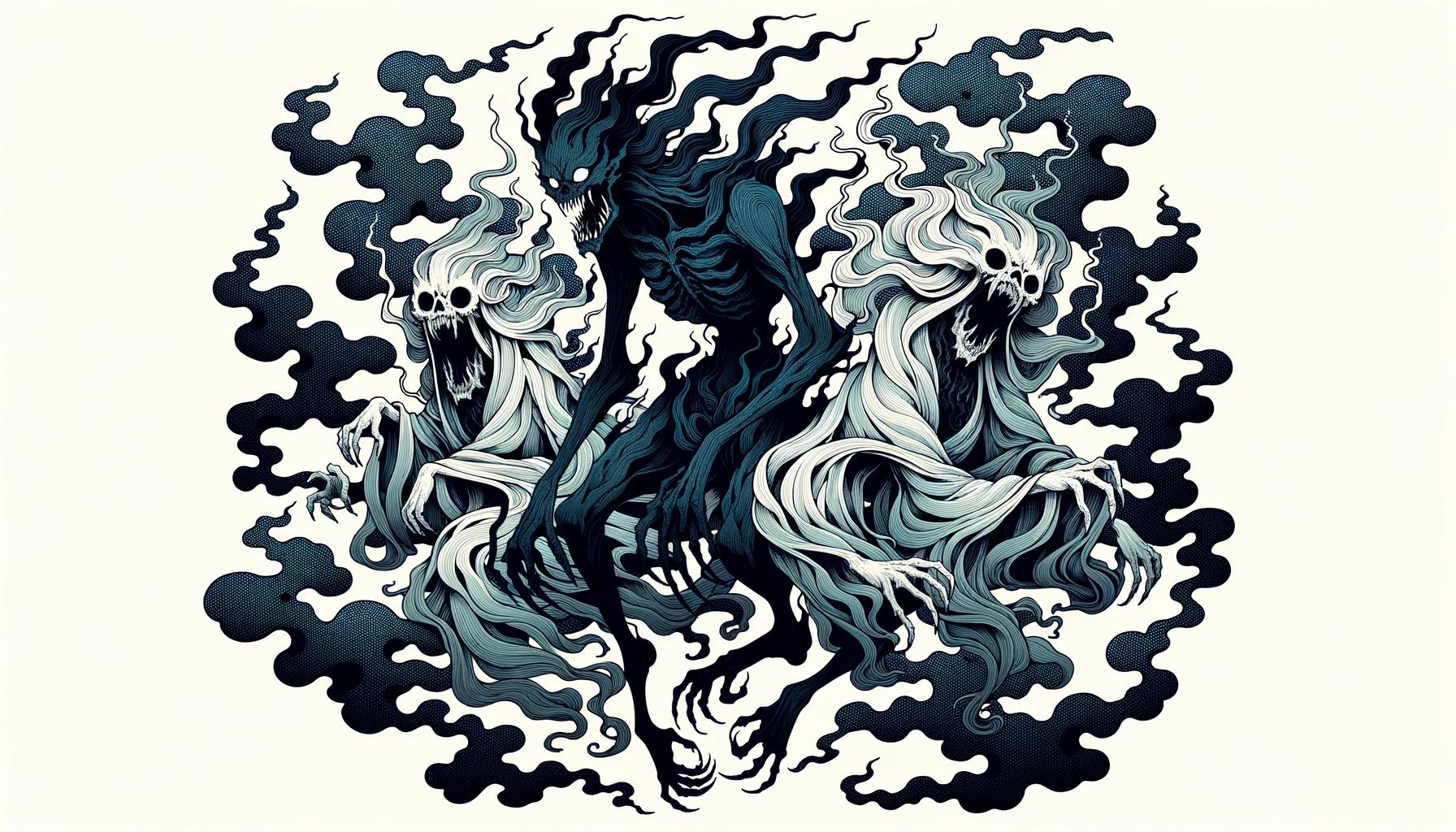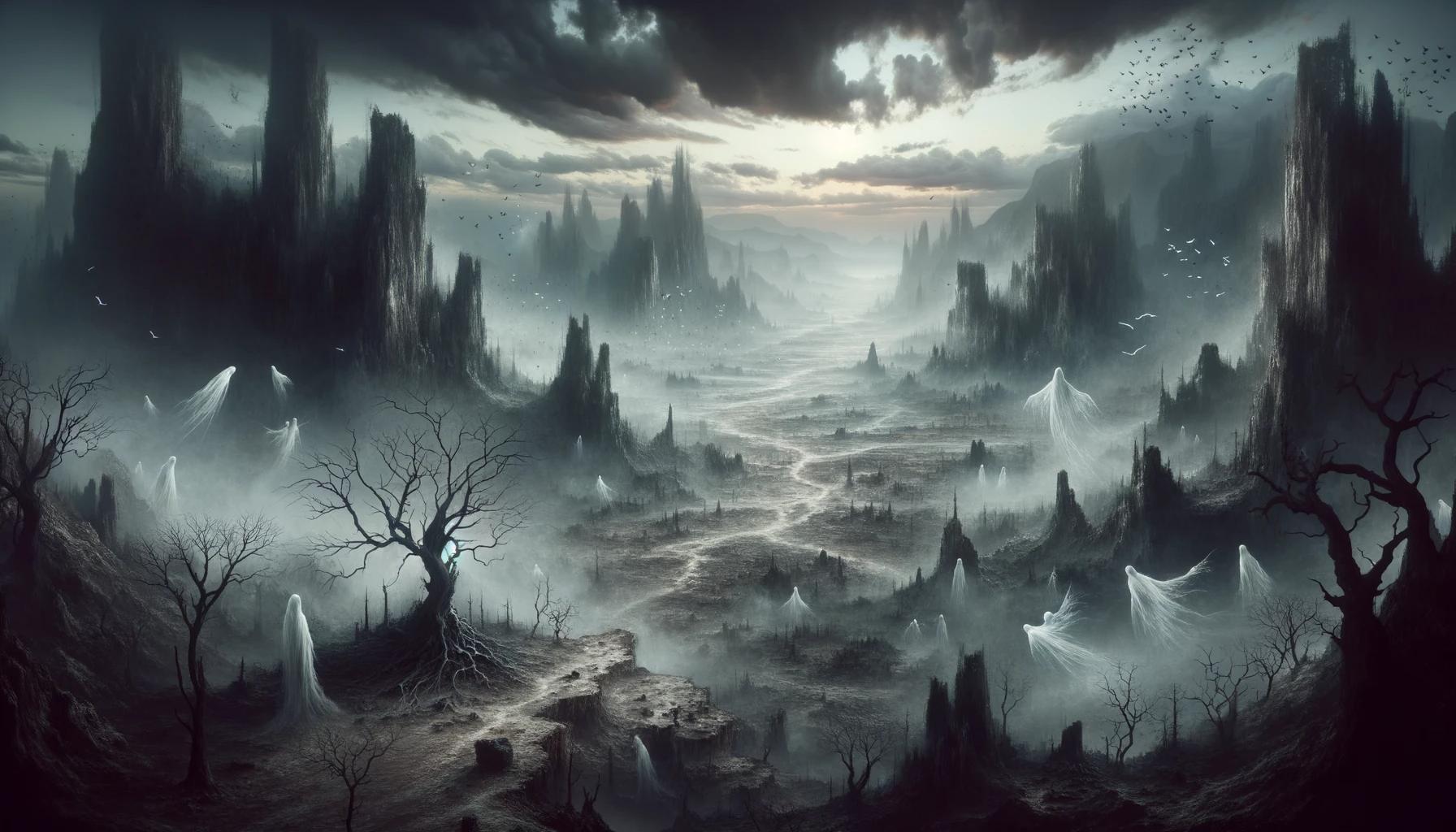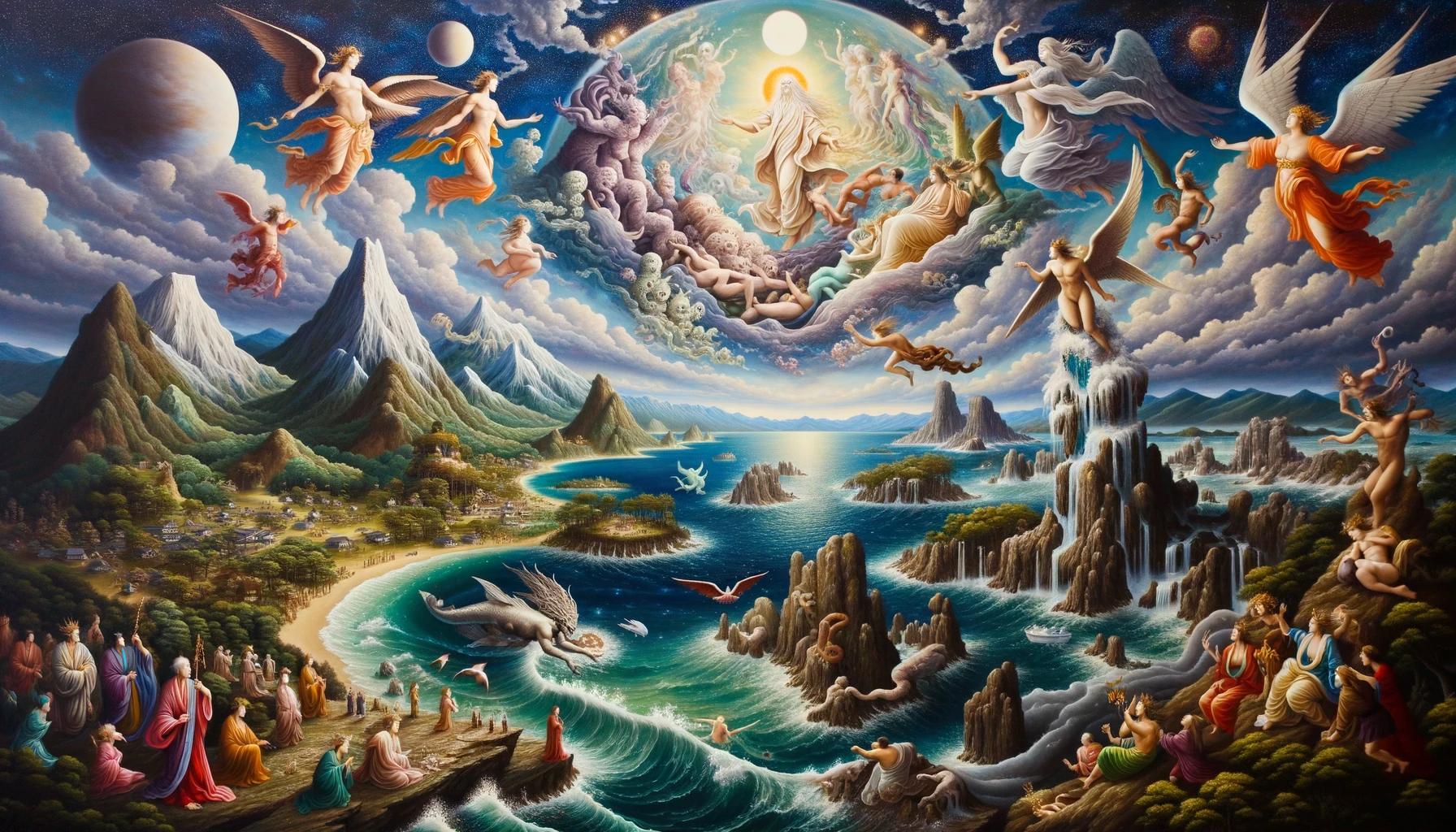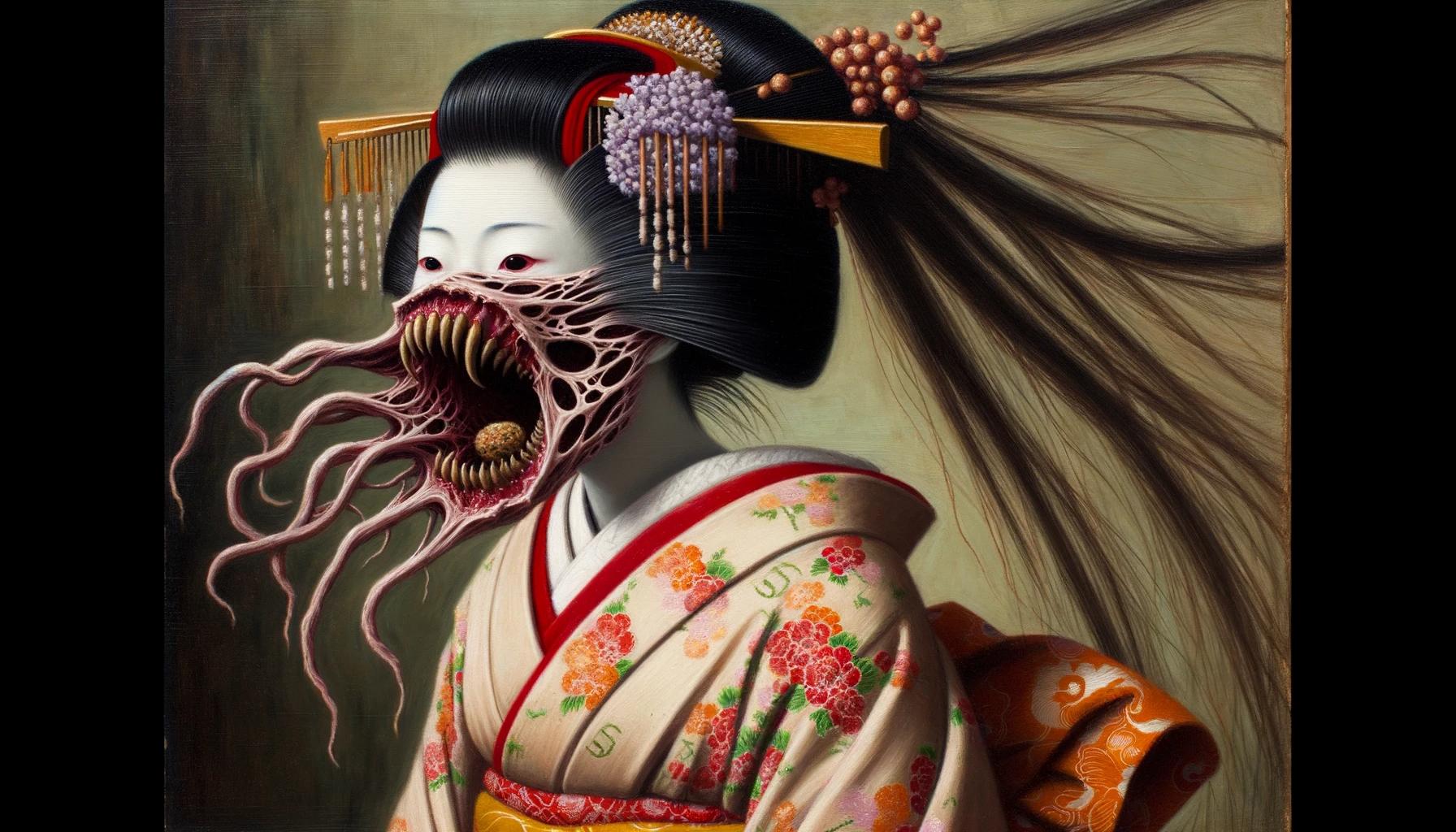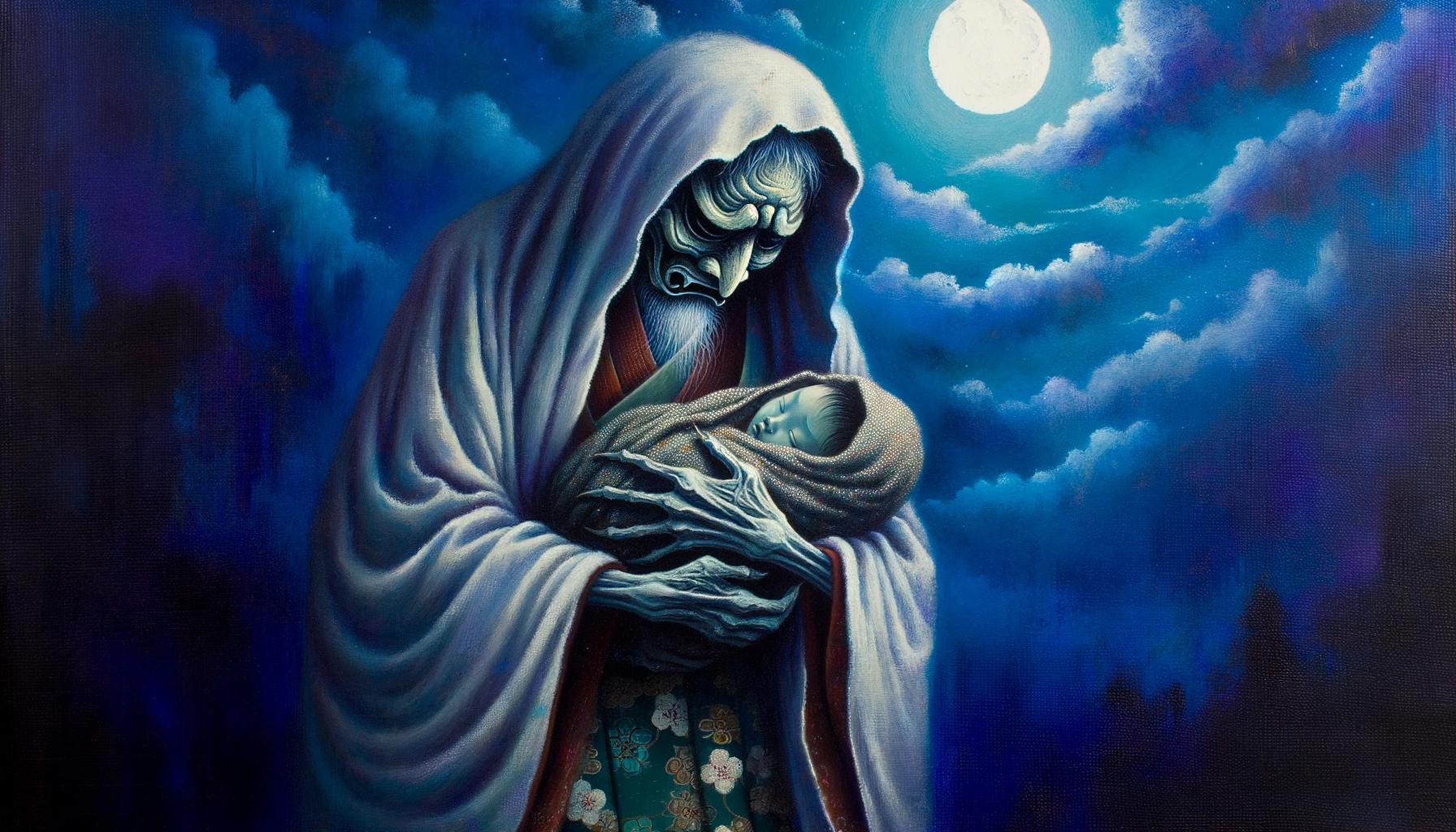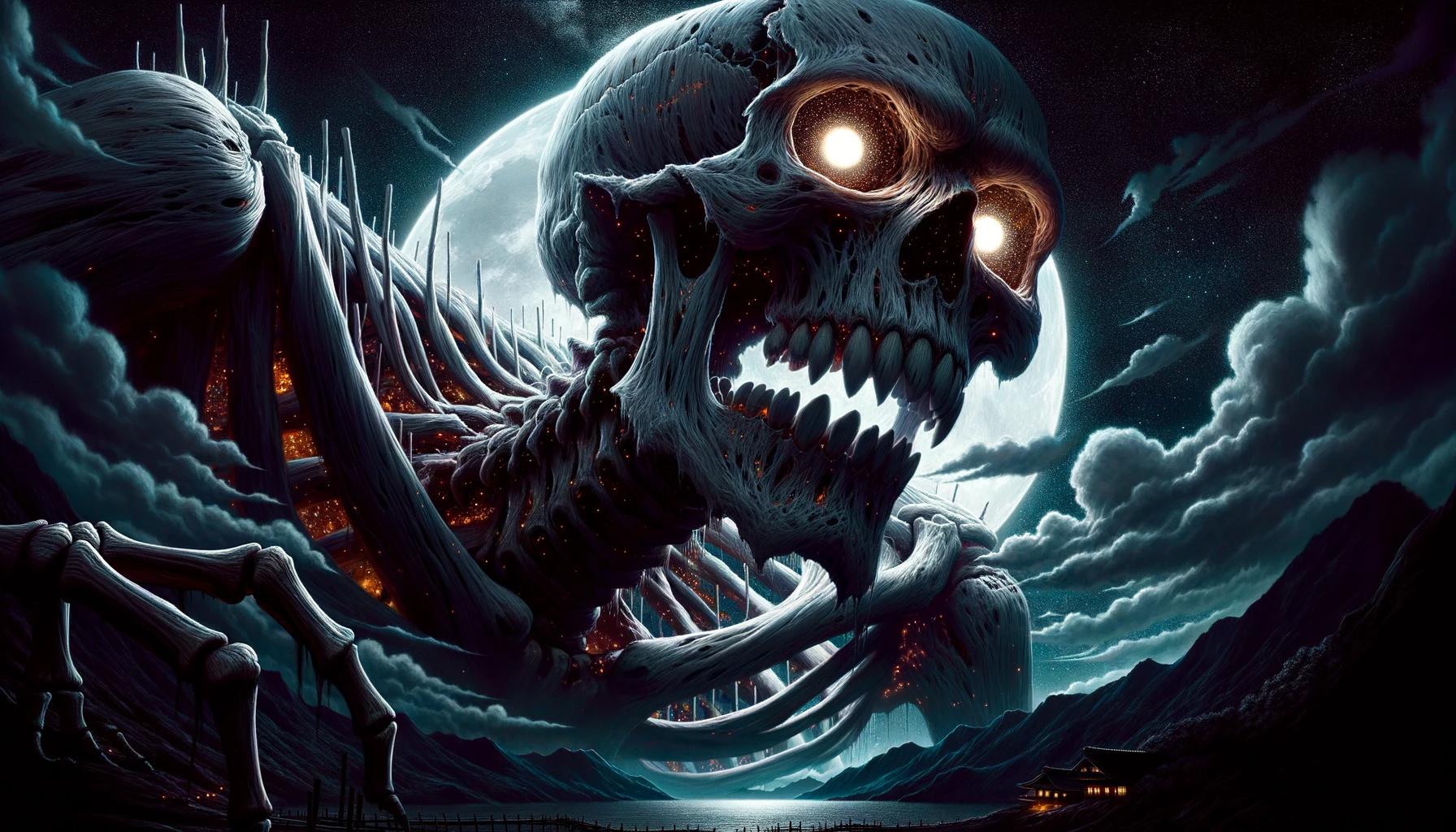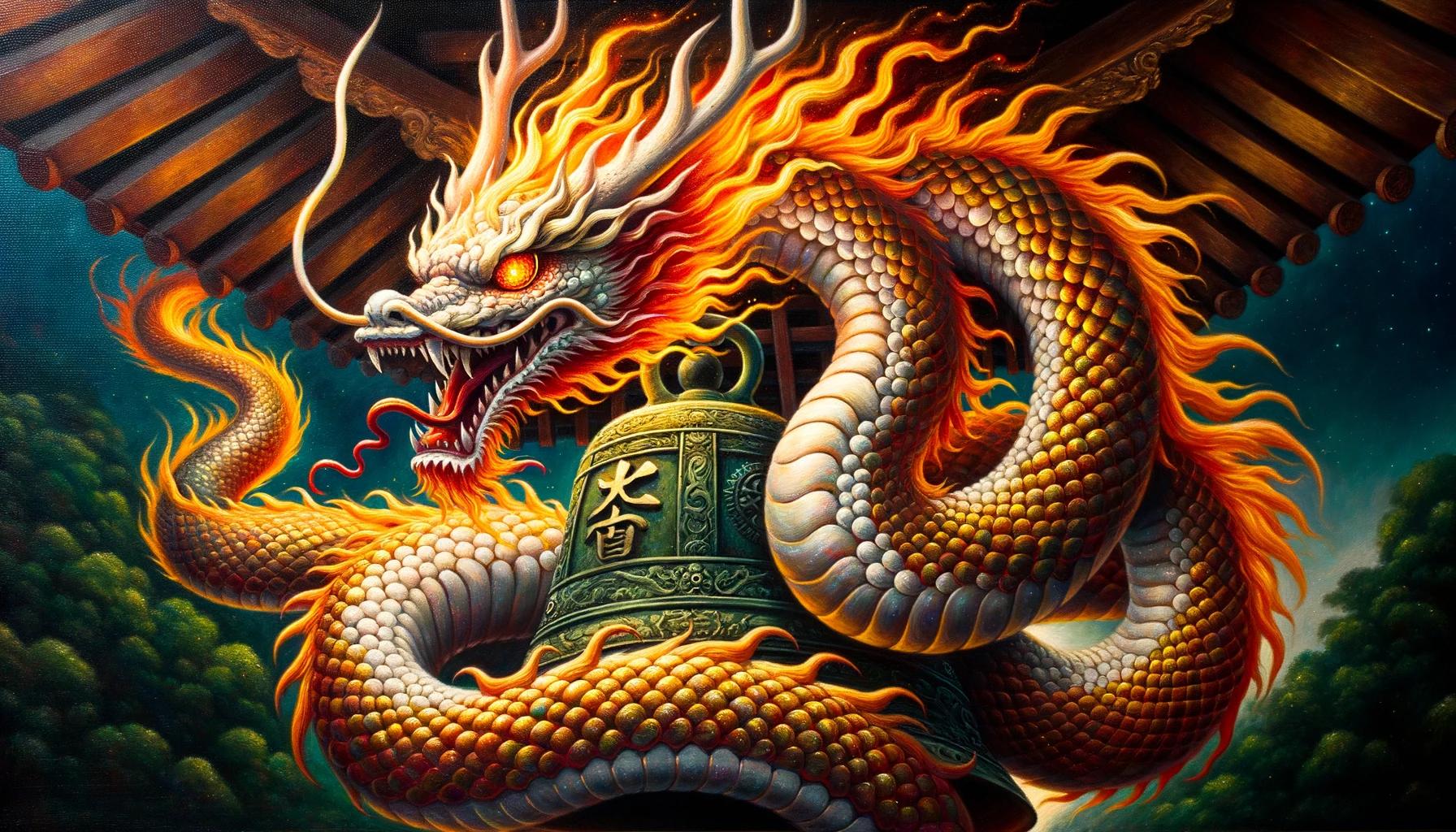What is Heaven Like in Japanese Mythology: Exploring the Celestial Realm in Japanese Folklore
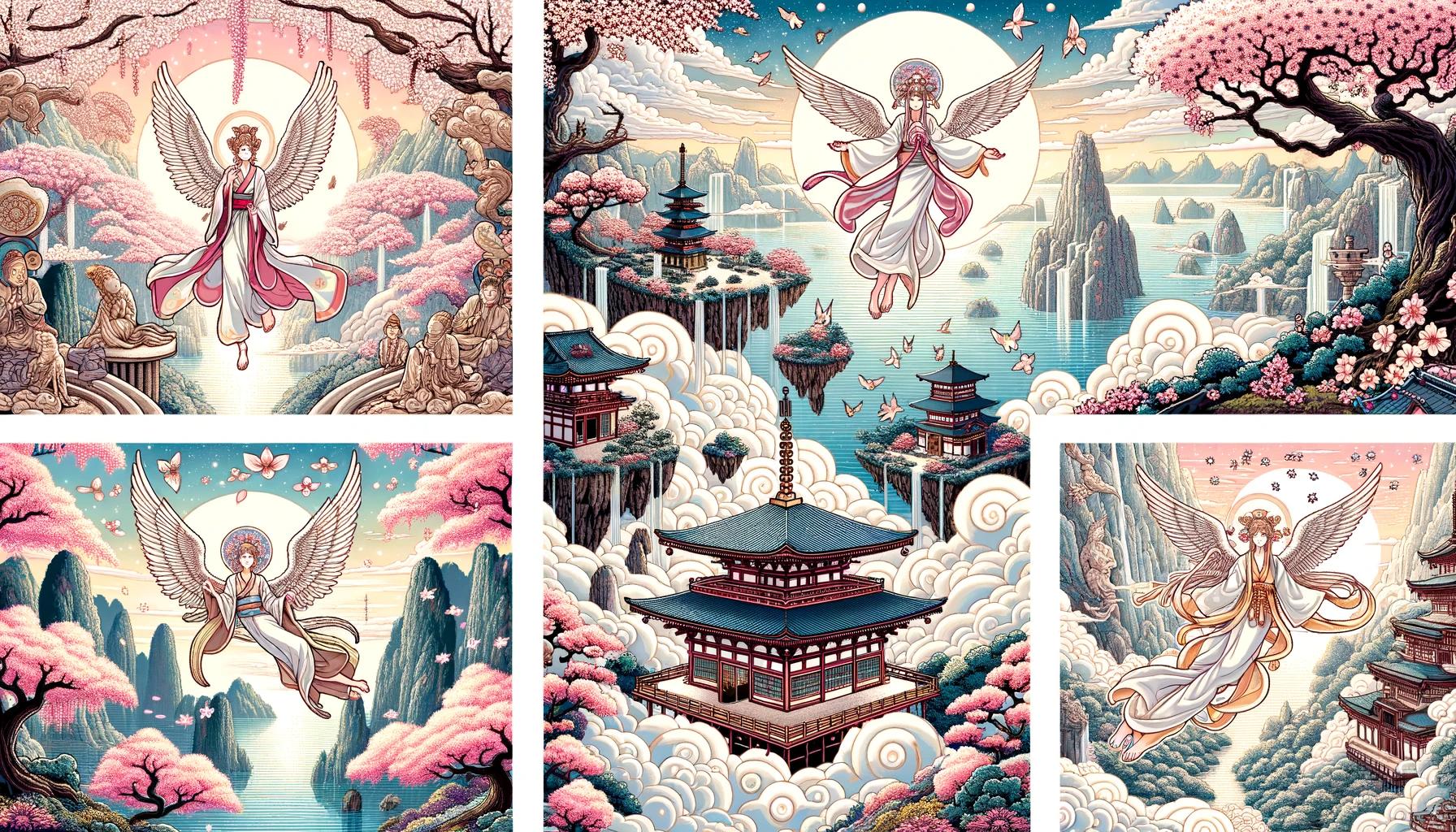
Understanding the concept of Heaven in Japanese mythology is a fascinating journey into a unique belief system. In Japanese folklore, Takamagahara serves as the residence of the celestial gods, equivalent to the Western notion of Heaven.
It is said to be located in the sky, connected to Earth through the Floating Bridge of Heaven. On the other hand, the realm of the dead, known as Yomi, represents the Japanese equivalent of Hell.
Yomi is depicted as a dark and shadowy place filled with mist, accessible through the treacherous Yomotsu Hirasaka slope. This article explores the symbolism, deities, and stories associated with these intriguing realms.
Understanding the Concept of Heaven in Japanese Mythology
In Japanese mythology, the concept of heaven differs from Western religions. The celestial realm, known as Takamagahara, is considered the equivalent of heaven. It is believed to be a residence for divine beings and is connected to the Earth through the mystical Floating Bridge of Heaven.
The Celestial Realm: Takamagahara
Description and Significance of Takamagahara
Takamagahara holds great significance in Japanese mythology as the dwelling place of celestial gods. It is depicted as a heavenly realm located high in the sky, where the gods reside.
This ethereal domain represents purity, tranquility, and harmony.
Connection to the Gods and Goddesses
Takamagahara serves as the abode for numerous deities in Japanese mythology. It is believed that these celestial beings govern various aspects of the natural world, human affairs, and provide protection and blessings to the people.
Legends and Stories about Takamagahara
Several captivating legends and stories revolve around Takamagahara. These tales often reveal the interactions between the celestial gods and humans, showcasing their power, wisdom, and influence on earthly matters.
Exploring the Divine Beings in Takamagahara
Major Gods and Goddesses in the Celestial Realm
The celestial realm is inhabited by prominent gods and goddesses, each holding their unique roles and powers.
These deities include Amaterasu, the sun goddess; Susanoo, the storm god; and Tsukuyomi, the moon god.
Roles and Powers of the Celestial Deities
Each of the celestial gods and goddesses possesses specific responsibilities and capabilities. Amaterasu is associated with light and fertility, Susanoo governs storms and the sea, while Tsukuyomi presides over the moon and its cycles.
Symbolism and Beliefs Associated with Takamagahara
Influence of Takamagahara on Japanese Culture and Tradition
Takamagahara’s symbolism and beliefs have deeply influenced various aspects of Japanese culture, including art, literature, and religious practices. The concept of a divine celestial realm has played a significant role in shaping Japanese spiritual and aesthetic traditions.
Connection between Takamagahara and Human Existence
Takamagahara represents a spiritual realm that reflects the human desire for purity, transcendence, and connection with the divine. It symbolizes the aspiration for a harmonious existence and the belief in the influence of celestial forces on human life.
- The celestial realm, Takamagahara, is the equivalent of heaven in Japanese mythology.
- Takamagahara is described as a heavenly realm where divine beings reside, connected to Earth through the Floating Bridge of Heaven.
- It holds great significance and is associated with purity, tranquility, and harmony.
- The gods and goddesses in Takamagahara govern various aspects of the natural world and human affairs.
- Legends and stories depict the interactions between celestial beings and humans, highlighting their power and influence.
- Prominent deities in Takamagahara include Amaterasu, Susanoo, and Tsukuyomi, each with their unique roles and powers.
- Takamagahara’s symbolism has influenced Japanese culture, art, literature, and religious practices.
- It represents the human desire for purity, transcendence, and connection with the divine.
Discovering the Realm of the Dead in Japanese Mythology
Delve into the intriguing world of Japanese mythology as we explore the enigmatic realm of the dead known as Yomi. Step into the darkness and uncover the fascinating legends and creatures that inhabit this mysterious underworld.
Yomi: The Land of the Underworld
Descend into the depths of Yomi, the ancient land of the dead in Japanese mythology. Yomi is described as a somber and shadowy place, cloaked in mist, where the spirits of the departed reside.
It is believed to be a realm separate from the world of the living, permeated by an eerie aura.
Description and Mythological Significance of Yomi
Yomi is often portrayed as a desolate and gloomy landscape, where the departed souls dwell in eternal rest. Its descriptively gloomy nature reflects the somberness associated with death and the afterlife in Japanese mythology.
Yomi holds a significant role in the mythological narratives, serving as the final destination of the deceased.
Entrance to Yomi: Yomotsu Hirasaka
To reach Yomi, one must navigate the treacherous path known as Yomotsu Hirasaka. This perilous slope is believed to be the gateway between the realm of the living and the land of the dead.
Yomotsu Hirasaka is shrouded in darkness and guarded by ominous beings, representing the dangers and obstacles one must face to enter Yomi.
Izanami and her Rule over Yomi
In Yomi, the goddess Izanami reigns as the deity of creation and death.
Following her demise during childbirth, her husband, Izanagi, attempted to retrieve her from the realm of the dead. However, upon witnessing her decomposed state, Izanagi recoiled in horror and declined Izanami’s plea to stay with her, incurring her wrath.
As a result, Izanami sent forth female demons known as Yomotsu-shikome to pursue Izanagi, but he managed to escape and seal the entrance to Yomi.
Exploring the Creatures and Spirits of Yomi
Uncover the diverse inhabitants of Yomi, as we delve into the intriguing array of creatures and spirits that dwell within this enigmatic realm.
From fearsome Yomotsu-shikome to other entities, Yomi is teeming with beings whose existence bridges the gap between the living and the dead.
Yomotsu-shikome: Female Demons of the Underworld
Yomotsu-shikome, also known as the “hags of the underworld,” are fearsome female demons that serve as Izanami’s messengers and enforcers. These grotesque and powerful beings are sent to carry out her divine will and guard the boundaries of Yomi. They embody the dark, chaotic nature of the underworld, instilling a sense of dread and foreboding.
Other Beings and Entities in Yomi
Beyond the Yomotsu-shikome, Yomi is said to be inhabited by various other beings and entities whose origins and nature are deeply intertwined with the realm of the dead. These diverse inhabitants contribute to the eerie and mysterious atmosphere of Yomi, each adding their own mythological significance to this enigmatic underworld.
Understanding the Dichotomy in Japanese Mythology
In Japanese mythology, the dichotomy between Takamagahara and Yomi represents a distinct contrast and serves as a source of philosophical and spiritual contemplation.
Comparing Takamagahara and Yomi
In terms of nature and purpose, Takamagahara, the celestial realm, stands as a place of divine residence for the gods and goddesses.
It is often depicted as a paradisiacal realm, associated with light, purity, and beauty. Yomi, on the other hand, represents the realm of the dead, a somber and dim landscape filled with shadows and mist.
Takamagahara symbolizes the highest aspirations and ideals, where gods and goddesses carry out their celestial duties. It embodies the harmony and order of the divine realm, reflecting the interconnectedness of all things in the natural world.
Yomi, in contrast, represents the realm associated with death, decay, and the passage to the afterlife. It serves as a reminder of the impermanence and cyclic nature of existence. Yomi is a place where souls confront their own mortality and undergo a transformative journey.
Differences in Nature and Purpose of the Realms
Takamagahara represents the divine origins and aspirations, a realm where gods and goddesses maintain balance and order in the universe. It embodies the qualities of celestial purity, enlightenment, and eternal life.
Yomi, however, epitomizes the impermanent and transitory nature of life, exploring the depths of the human experience.
Takamagahara is associated with creation, enlightenment, and the flourishing of life, while Yomi represents the mysteries of death, transformation, and rebirth.
These realms offer contrasting perspectives on existence, encompassing the duality of life and death.
Influence on Human Existence and Afterlife Beliefs
The belief in Takamagahara and Yomi shapes the Japanese worldview and influences their perceptions of life, death, and the afterlife. The celestial realm serves as an inspiration for humans to strive for spiritual growth and alignment with the divine.
It emphasizes the importance of maintaining harmony with the natural world and seeking enlightenment.
Conversely, Yomi reminds individuals of the inevitable cycles of life and the need to accept mortality.
It underscores the significance of honoring and respecting the dead, as neglecting these rituals can bring curses and misfortunes. The belief in Yomi also encourages reflection on one’s actions and their consequences, fostering a sense of responsibility and accountability.
Significance of Honoring and Respecting the Dead
In Japanese mythology, honoring and respecting the dead holds immense importance due to the belief that the souls of the deceased can still influence the living world. Ancestor worship and rituals play a vital role in maintaining a connection with deceased family members and ancestors.
Through honoring the dead, individuals show gratitude for the legacy and wisdom passed down through generations. It is believed that ancestors can offer guidance, protection, and blessings to their living descendants.
By maintaining a strong bond with their ancestors, the living seek to ensure their own well-being and maintain a sense of continuity and rootedness.
Cultural Practices and Customs Related to Ancestor Worship
Ancestor worship in Japan involves various rituals and customs, such as offering food and drink to ancestors’ spirits, cleaning and maintaining family gravesites, and participating in annual memorial ceremonies.
These practices aim to express gratitude, seek guidance, and ensure the spiritual well-being of both the living and the deceased.
Furthermore, Japanese culture places great emphasis on the concept of filial piety, where individuals show respect, care, and devotion towards their ancestors.
This deep-rooted reverence for the dead strengthens familial bonds, fosters a sense of belonging, and reinforces moral and ethical values.
Overall, the significance of honoring and respecting the dead in Japanese mythology serves as a reminder of the interconnectedness between the living and the deceased, reinforcing the importance of ancestral connections and the lasting impact of previous generations.
Common Myths and Legends Surrounding Heaven and the Underworld
Delve into the captivating world of Japanese mythology as we explore the common myths and legends surrounding Heaven and the Underworld. These stories have been passed down through generations, shaping the beliefs and understanding of the celestial and underworld realms.
The Legends of Izanami and Izanagi
One of the most well-known legends in Japanese mythology is the story of Izanami and Izanagi. According to the myth, Izanami and Izanagi were the deities responsible for the creation of Japan.
They stood at the bridge between Heaven and Earth, tasked with procreating and bringing life to the world.
However, tragedy struck when Izanami died during childbirth. Izanagi, devastated by the loss, ventured into the Underworld, known as Yomi, in an attempt to bring her back.
In Yomi, he discovered Izanami, who had transformed into a decaying and monstrous figure.
Afraid and repulsed, Izanagi fled from Yomi, sealing the entrance with a massive stone to prevent Izanami from following him.
In her anger, Izanami vowed to kill a thousand people each day. Izanagi, in response, declared that he would create fifteen hundred people each day to counterbalance the death caused by Izanami.
Other Stories Involving the Celestial and Underworld Realms
In addition to the legend of Izanami and Izanagi, there are numerous fascinating tales that revolve around the interplay between Heaven and the Underworld in Japanese mythology.
The Tale of Amaterasu and Susano-o
This well-known legend centers around the conflict between Amaterasu, the goddess of the Sun and ruler of Takamagahara, and her mischievous brother Susano-o, who was eventually banished to the Earth.
The story explores the consequences of their actions on the balance between Heaven and the Underworld.
The Journey of Urashima Taro
Urashima Taro, a fisherman, encounters the divine princess Otohime and embarks on a journey to the underwater kingdom, which is closely tied to the realms of Heaven and the Underworld. This mythical tale highlights the interconnectedness of different realms within Japanese mythology.
These stories and many others not only entertain but provide valuable insights into the Japanese perception of Heaven and the Underworld, offering a profound understanding of the cultural and spiritual aspects of Japanese mythology.
.

